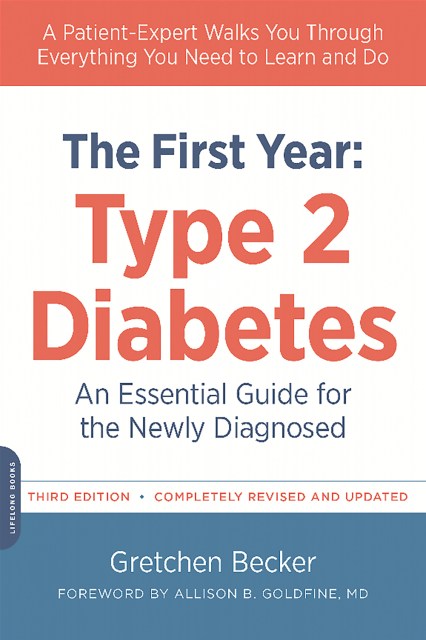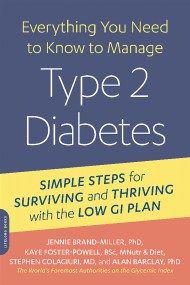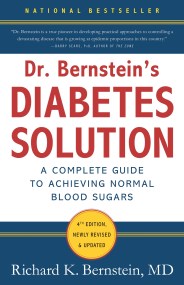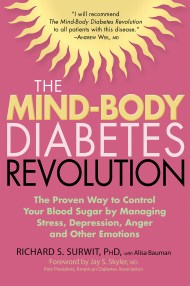The First Year: Type 2 Diabetes
An Essential Guide for the Newly Diagnosed
Contributors
By Allison Goldfine, MD
Formats and Prices
Price
$18.99Price
$23.99 CADFormat
Format:
- Trade Paperback $18.99 $23.99 CAD
- ebook $11.99 $15.99 CAD
This item is a preorder. Your payment method will be charged immediately, and the product is expected to ship on or around October 27, 2015. This date is subject to change due to shipping delays beyond our control.
Also available from:
The go-to step-by-step guide that walks you through the first days, weeks, and months of your diagnosis–fully revised and updated
Gretchen Becker was diagnosed with type 2 diabetes in 1996; over the past twenty years, she has educated herself on every aspect of the condition by reading medical texts and journals, talking with doctors, and corresponding with others who have type 2, sharing everything she’s learned in a comprehensive, easy-to-use guide. Now in its third edition, The First Year: Type 2 Diabetes takes you through everything you need to learn and do in your first year with diabetes, offering the most up-to-date information on new medications and supplements. In clear and accessible language, Becker covers a wide range of practical, medical, and lifestyle issues, including:
Coming to terms with your diagnosis
Choosing the diet that’s best for you
The role of exercise in diabetes management
Daily blood glucose testing routines
Insurance issues
Getting support
And much more
Gretchen Becker was diagnosed with type 2 diabetes in 1996; over the past twenty years, she has educated herself on every aspect of the condition by reading medical texts and journals, talking with doctors, and corresponding with others who have type 2, sharing everything she’s learned in a comprehensive, easy-to-use guide. Now in its third edition, The First Year: Type 2 Diabetes takes you through everything you need to learn and do in your first year with diabetes, offering the most up-to-date information on new medications and supplements. In clear and accessible language, Becker covers a wide range of practical, medical, and lifestyle issues, including:
Coming to terms with your diagnosis
Choosing the diet that’s best for you
The role of exercise in diabetes management
Daily blood glucose testing routines
Insurance issues
Getting support
And much more
Series:
- On Sale
- Oct 27, 2015
- Page Count
- 400 pages
- Publisher
- Da Capo Lifelong Books
- ISBN-13
- 9780738218601
Newsletter Signup
By clicking ‘Sign Up,’ I acknowledge that I have read and agree to Hachette Book Group’s Privacy Policy and Terms of Use
















